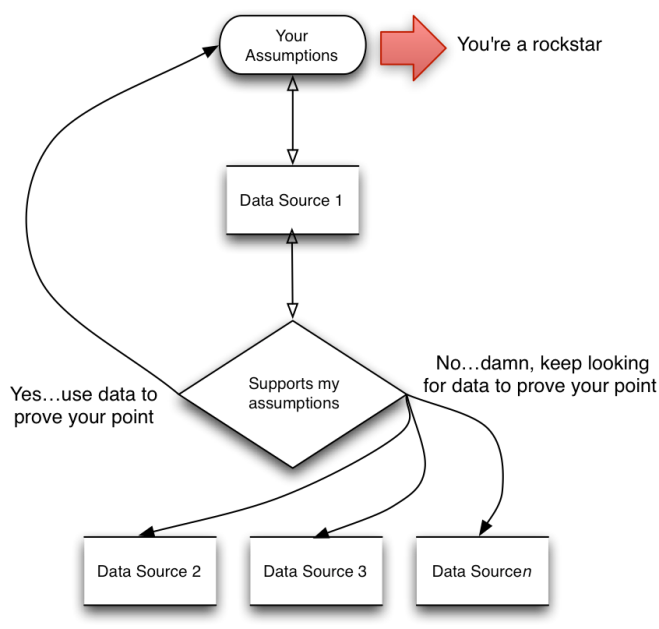Aims to bring clarity to cloudy marketing messages through exhibit hall chotskies
Bedford, MA., – April 1, 2014 – RSA, the security division of EMC, today announced their intentions to end the popular RSA security conference and establish a new cloud-security, cloud-only conference.
RSA plans to leverage the increasing popularity and VC spending on cloud-security companies to refocus their security conference efforts on all things cloud-security. “We just felt that since 90% of the security vendors are using cloud logos in their marketing literature that we could better serve the security community by adopting the same tactics.” Said Alex Bender, General Manager of RSA Conference. “For over a decade RSA has provided the security community with a cutting edge conference experience unmatched in the industry, but we also need to recognize that the security industry has become cloudy and if we want to maintain our competitive conference advantage we also needed to get cloudy.” Alex went on to add “who knows maybe we will scrap this whole thing for a advanced security analytics only conference in the next couple of years, that noise is making the rounds as well.”
“Honestly I’m not sure what any of this has to do with nephrology, we have been researching clouds for decades and I still do not quite get the connection between information technology and changes in atmospheric CO2 leading to changes in global climate models – but wow do those cloud-security companies raise a ton of money.” Stated Berkeley Labs Scientist David Romp “A cloud may look like just a billowing mass of air, but cloud dynamics in fact involves complicated physics. IT clouds are just a bunch of interconnected tubes or something.”
RSA will officially announce the new RSA Cloud Security Conference at EMC’s IT technology conference EMC world in Las Vegas.
About RSA Conference
RSA, The Security Division of EMC, is the premier provider of security, risk and compliance management solutions for business acceleration. We help the world’s leading organizations (including 90 percent of the Fortune 500) succeed by solving their most complex and sensitive security challenges. These challenges include managing organizational risk, safeguarding mobile access and collaboration, providing compliance and securing virtual and cloud environments.
Combining business-critical controls in identity assurance, encryption and key management, SIEM, Data Loss Prevention and Fraud Protection with industry-leading eGRC capabilities and robust consulting services, RSA brings visibility and trust to millions of user identities, the transactions that they perform and the data that is generated
FORWARD-LOOKING STATEMENTS: This press release contains forward-looking statements within the meaning of U.S. federal securities laws, including expectations regarding the closing of HP’s acquisition of Symantec and the integration, or lack thereof, of its products and technologies into HP’s products and solutions, that involve known and unknown risks and uncertainties that may cause actual results to differ materially from those expressed or implied in this press release. Such risk factors include, among others, satisfaction of closing conditions to the transaction, our ability to successfully integrate the merged businesses and technologies, and customer demand for the technologies and integrated product offerings. Actual results may differ materially from those contained in the forward-looking statements contained in this press release. Additional information concerning these and other risk factors is contained in the Risk Factors sections of HP’s and Symantec’s most recently filed Forms 10-K and 10-Q. HPassumes no obligation to update any forward-looking statement contained in this press release.













